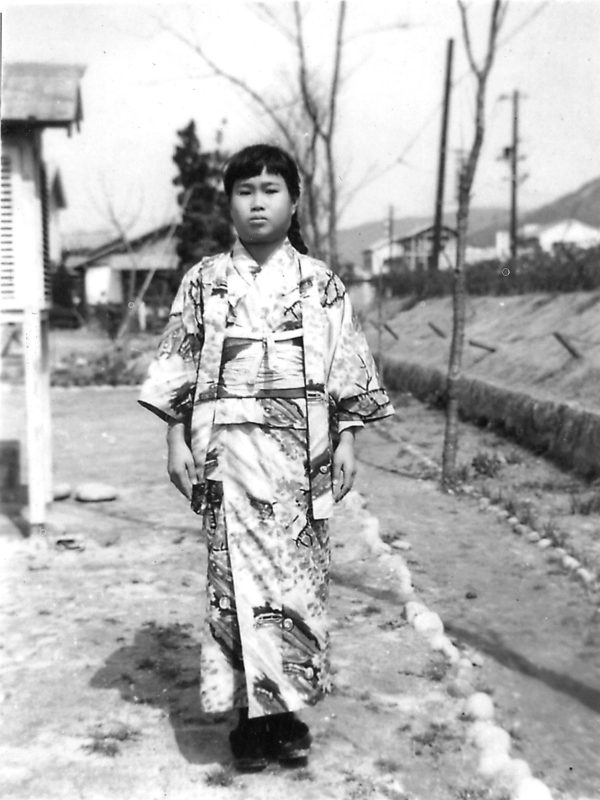
We cannot feel empathy toward numbers, but we can feel it toward individual stories. NHK is gathering the stories of survivors and making an animated series based on them. Efforts like this help keep the destruction from becoming just another fact learned in history class.
Nuclear weapons appear throughout modern dystopian stories, but in many ways this normalizes and tames the destruction of nuclear weapons. The level of destruction is hard to grasp, even when you see photos of Hiroshima. In many fantasy stories, like Terry Brook’s Shannara series, nuclear holocaust rearranged the continents and destroyed our civilization. This isn’t too far from the truth, but weapons now can end recognizable life on earth if all of them were deployed. Earth would resemble Venus in cloud cover but be dark and cold and radioactive.
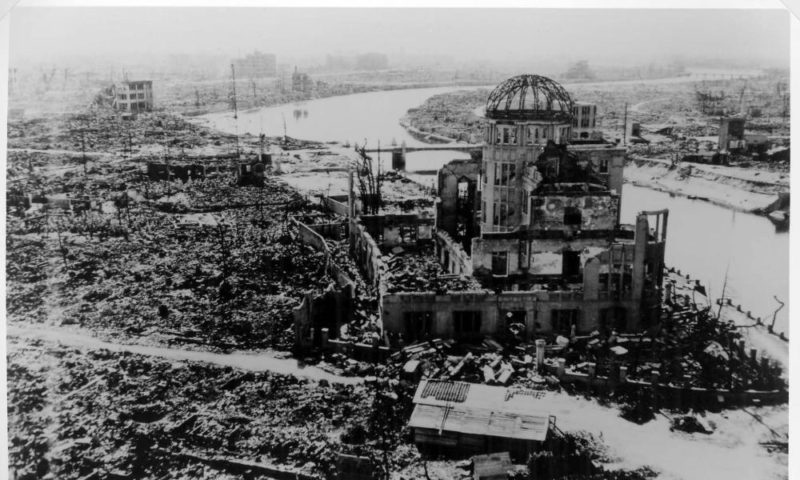

But again, all of this is hard to grasp. It doesn’t resonate with us because it is too abstract. That’s why stories like that of Sadako matter. They give us something human to latch onto.

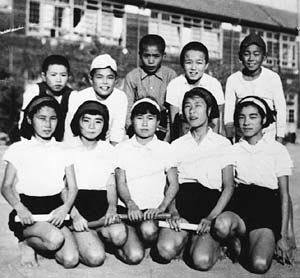
Sadako Saski was young when the bomb incinerated Hiroshima. She may have been well outside the blast zone, but the radiation the bomb released settled deep into her. The radiation waited until she was around 12 years old to strike: leukemia. The immediate destruction of the bomb terrifies enough, but the unknown of radiation exposure lingers and subverts our confidence. We can’t know our exposure. Radiation doesn’t always burn or leave visible marks, as with Sadako. Even today, we live with the fear of radiation and cancer. Even the sun is a threat.
The book Sadako and the Thousand Paper Cranes captures the sorrow the 12-year-old must have felt. The book shows her as brave and worrying about the family members she leaves behind. It begins with her as a hyper-active little girl who enjoys running and tracks her decline as leukemia takes hold. The story touches on a few key points surrounding the custom of folding paper cranes as a prayer for health. As children’s books go, this one is hard to read.
Paper cranes act as a prayer for health. People believe that folding 1,000 cranes would help a sick person recover. Sadako managed 644. The belief ties into the lore surrounding the crane. In Japanese culture, the crane symbolizes fidelity, welfare, beauty, and longevity. Across different periods of Japanese history, people ate crane meat in the belief that it would lengthen their lives (Kara, 2012).
Several Japanese writers wrote about the crane. Shunzei (1114-1204) wrote:
The crane which cries as it heads toward the reeds by Poetry Bay-why can it not return to that place beyond the clouds.
Taeko Takeori wrote:
On the dawn-reddened sky they are spreading out, the singing cranes, a thousand of the cranes, and each voice a distinct voice.
The behavior of cranes inspired these writings. Cranes dance on the water, and many species mate for life. If you look at Japanese cloth designs and other artisan works, you’ll see cranes dancing on water and other behaviors.
Sadako and her cranes continued to inspire people to write their own feelings of the nuclear age. I found a poem about Sadako from the late 1960s that shows the malaise of the period. The beauty of the crane has given away to sorrow laced with a thread of hope. We closely associate the crane with Sadako’s story. Here is Fred Feirstein’s (1968) poem:
Sadako: we would have been the same age,
Bearing the same strange weight of history
That neither of us made, but for the cranes
You could not fold. You could have spent
Ten more ignorant, unburdened years
Giddy as childish curiosity
Or adolescent passion skimmed your blood,
Or picked the flowers of your tenderness
Or sentimentalized another’s death
With significance this world will not permnit.
Sadako, child, how can I vilify your faith
With awkward lies? Time of your monument,
The innocents of Buchenwald, and all
The other names you didn’t have to learn,
Changed nothing. Bombs are, still, falling.
The world still starves, Sadako, bleeds, trembles,
And not a billion multicolored cranes
Singing and dropping lemon drops can save it.
Yet I can’t bear to jettison
The charge of your naivete.
A hoarding clown too much survives
The gauze of my misanthropy.
Perhaps your statue can commemorate
The poignancy of solitary death
Among the ruins of missile-heads and charts,
The ironies of hope we choose to suffer
Until a new Apocalypse can start.
Not everyone has such a dark view. In Seattle, you can find a statue of Sadako and another statue of her in the Children’s Peace Memorial in Japan. Each Peace Day (August 6th, the anniversary of the Hiroshima bomb) thousands of paper cranes folded by children from around the world are sent to Hiroshima. Like Sadako’s friends, who finished her 1,000 cranes and dedicated them to her during her funeral, people fold cranes to remember the girl who became a symbol of nuclear tragedy. As WWII fades from living memory, we need to hold onto Sadako and the others who suffered from nuclear destruction so we do not repeat such a horror of war.
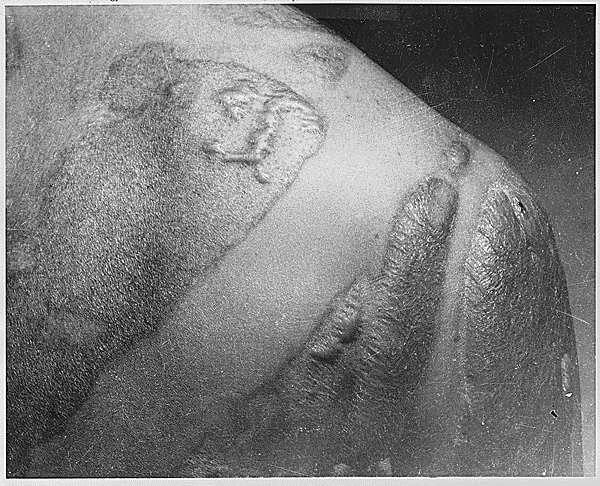
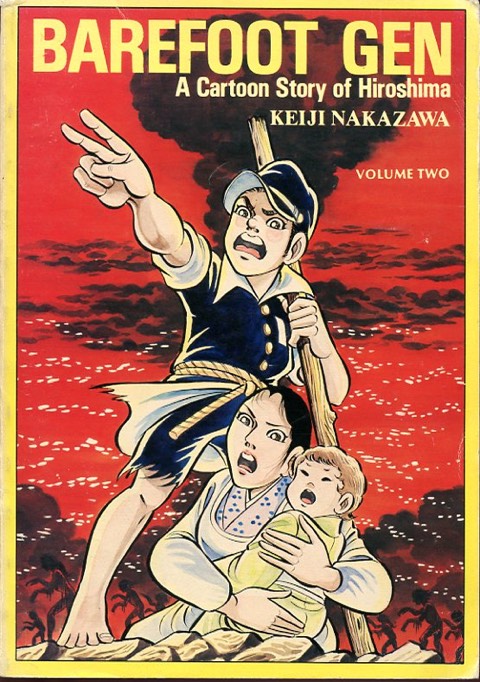
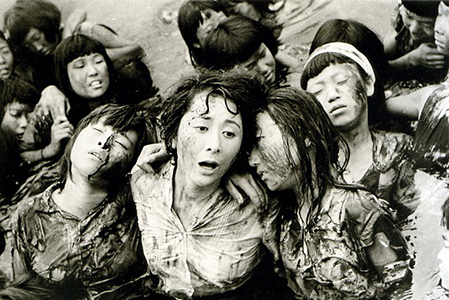
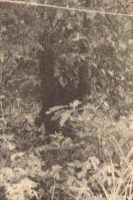
This explains all of the cranes I saw at the childrens memorial in Hiroshima.
May we never forget. 💛